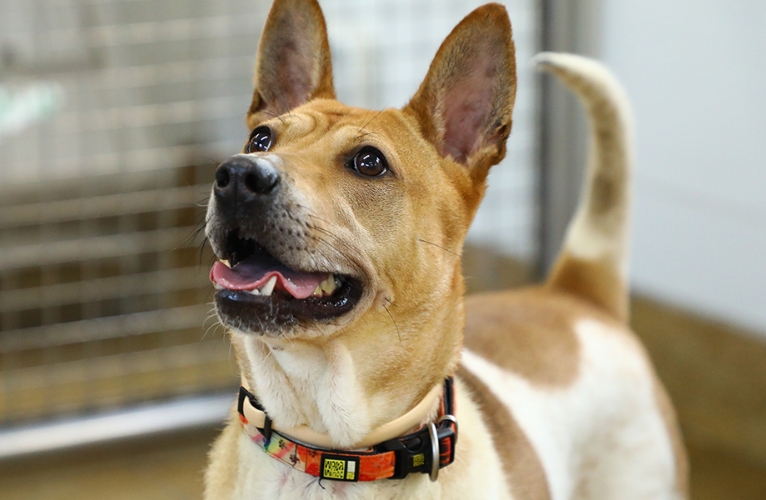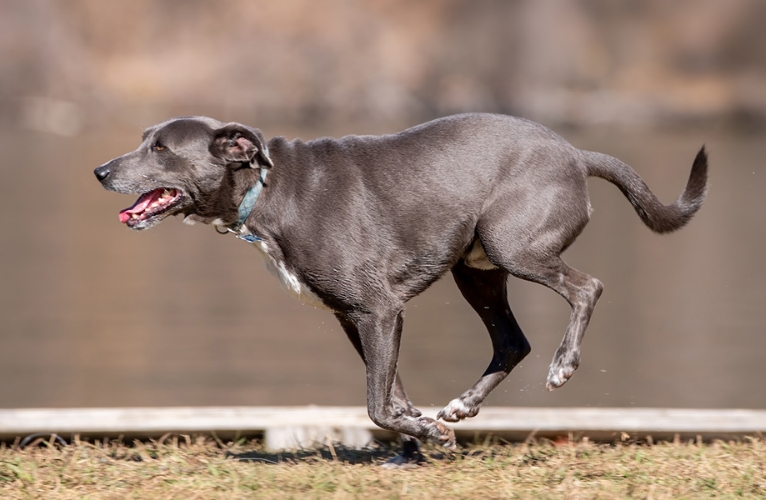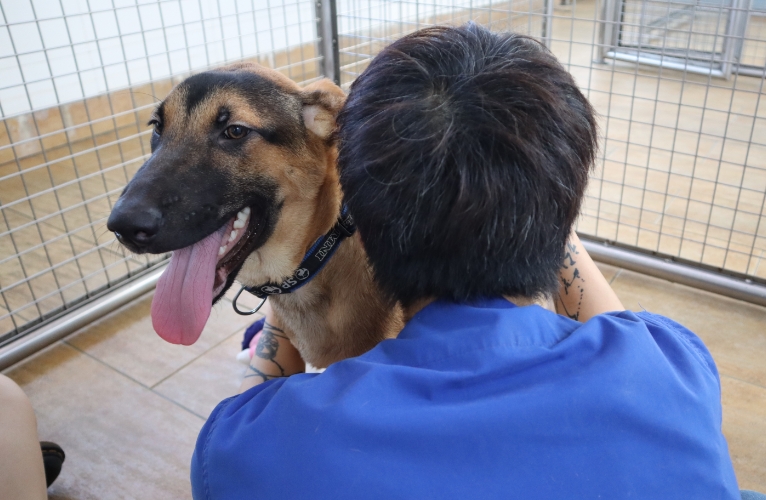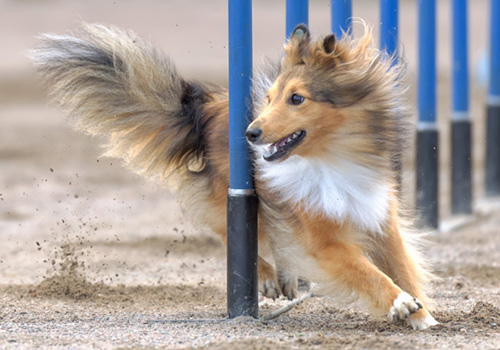When we find a lost pet, our goal is to reunite owner and animal as quickly as possible. This is done most easily if the pet has permanent identification such as a microchip. If it doesn’t then we use assessment criteria to make sure pets are returned to their rightful owners:
- Permanent individual identifiers such as microchips or tattoos that can be linked directly back to an owner through documentation (licensing, vaccination cards, medical records etc)
- Knowledge of an animal’s individual characteristics (age, breed, colour, markings, sex, neuter status etc)
- Non-permanent identifiers (collar, identification tags)
- History related to the case, including location, timely reporting / record of loss report etc.
- Physical proof such as photographs of the animal with the owner or animals in a home setting
- Any other relevant information pertaining to the claim.
Sometimes, we receive multiple claims for the same animal. These have to be assessed thoroughly to ensure that the true owner is identified and unsubstantiated claims eliminated.
Lost and Found

Preventing Loss
As responsible owners, there are a number of steps we can take to prevent pets getting lost or increasing the chances of being reunited with then. Here are some hints and tips ...



How SPCA assesses lost claims
When we find a lost pet, our goal is to reunite owner and animal as quickly as possible. This is done most easily if the pet has permanent identification such as a microchip. If it doesn’t then we use assessment criteria to make sure pets are ...











